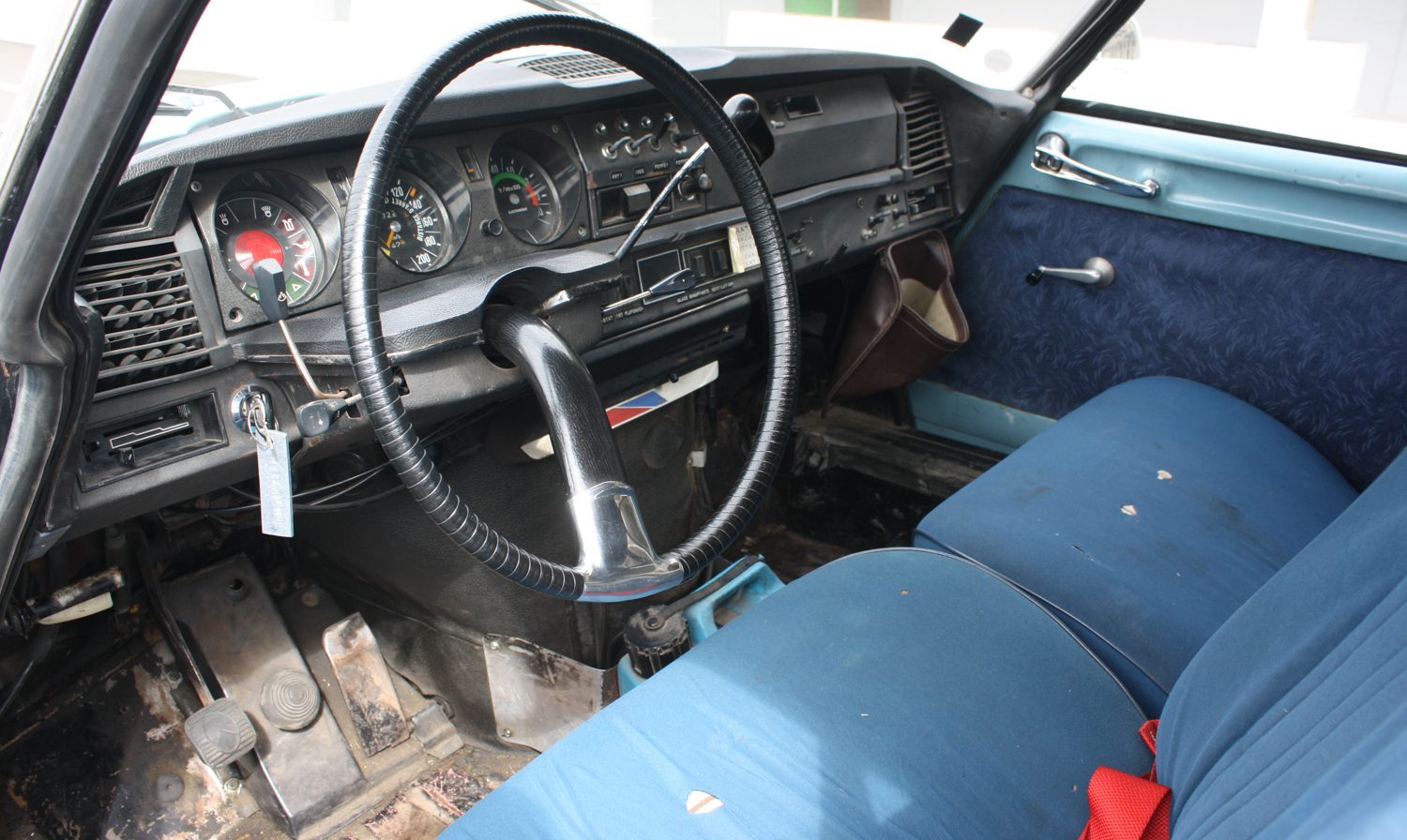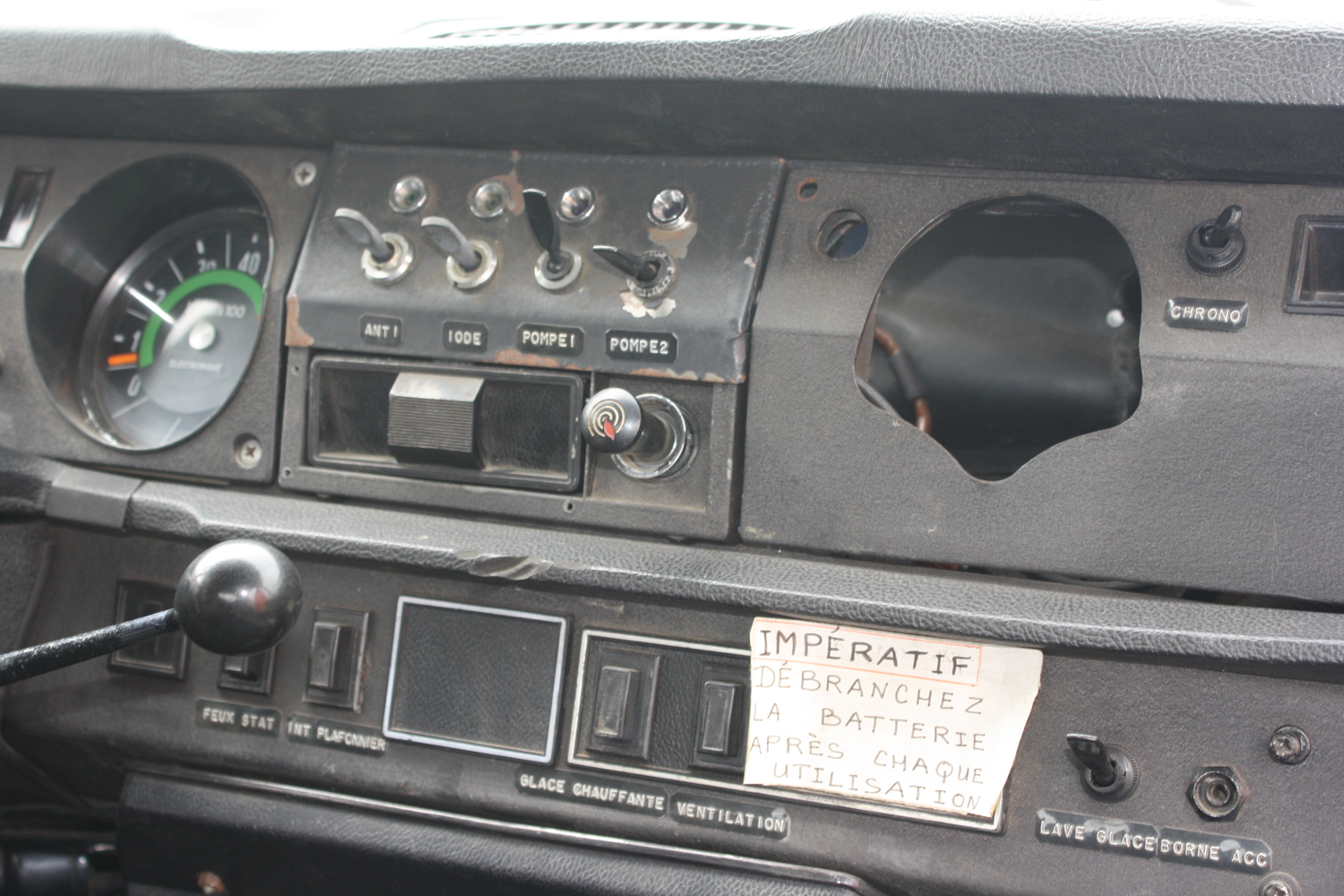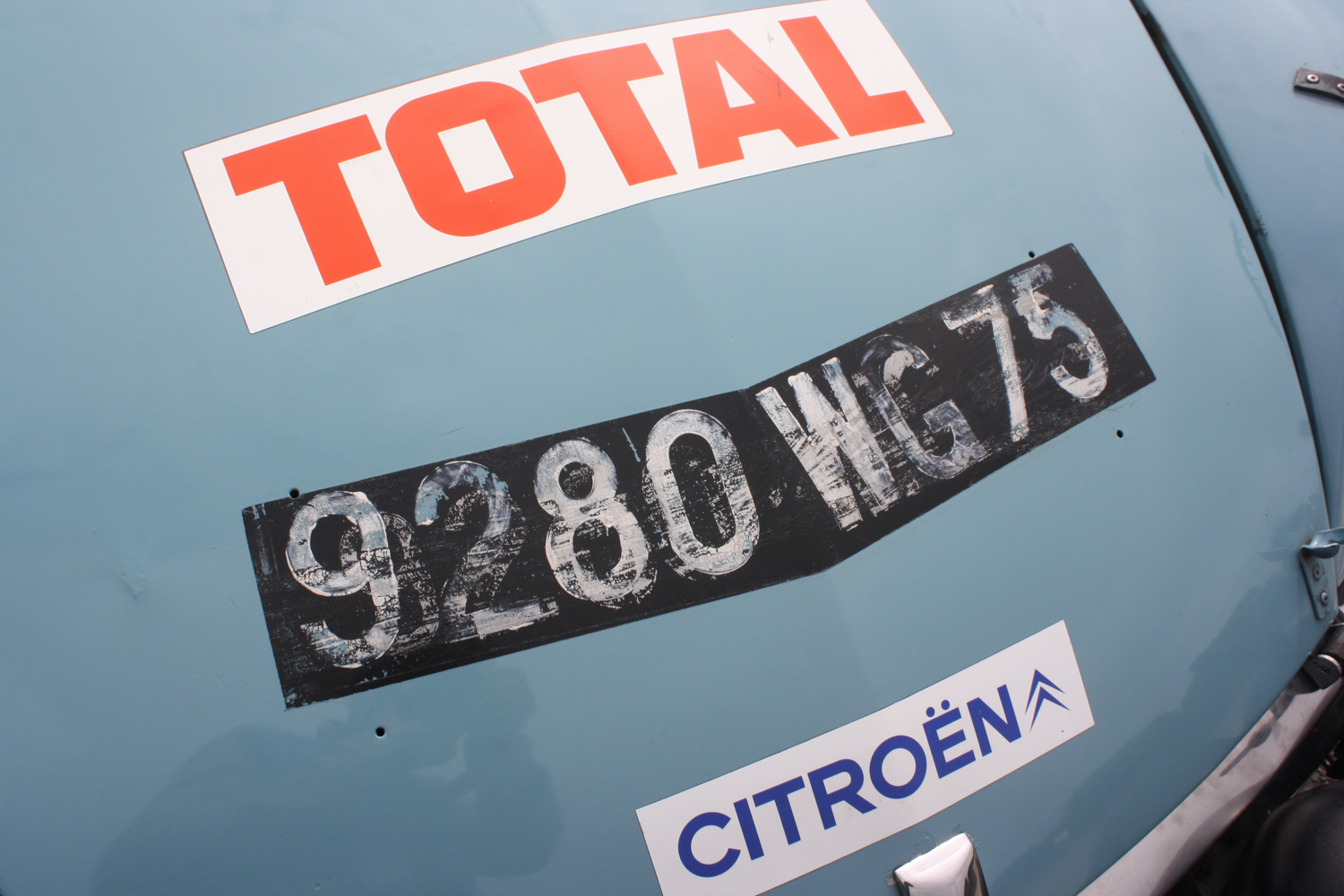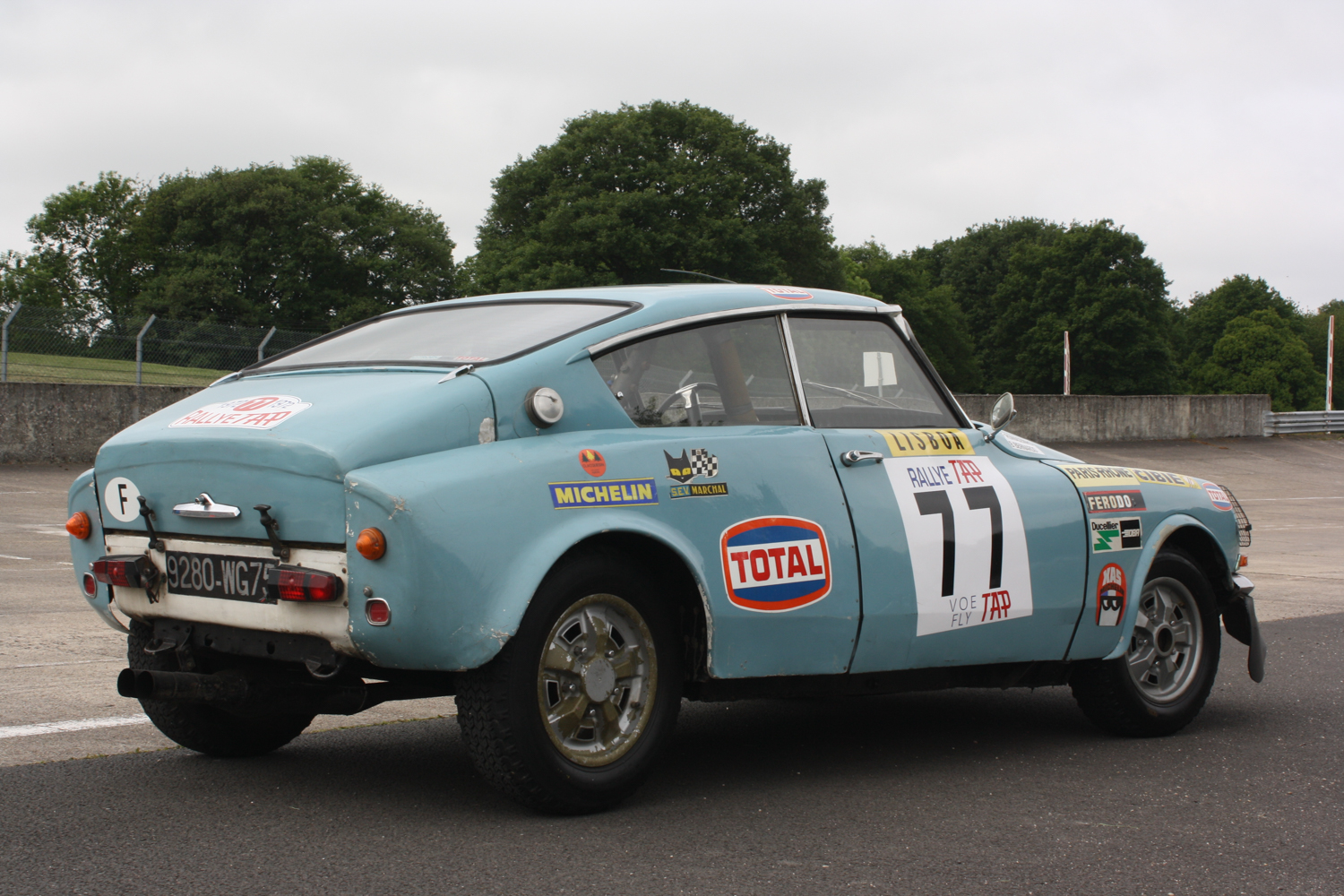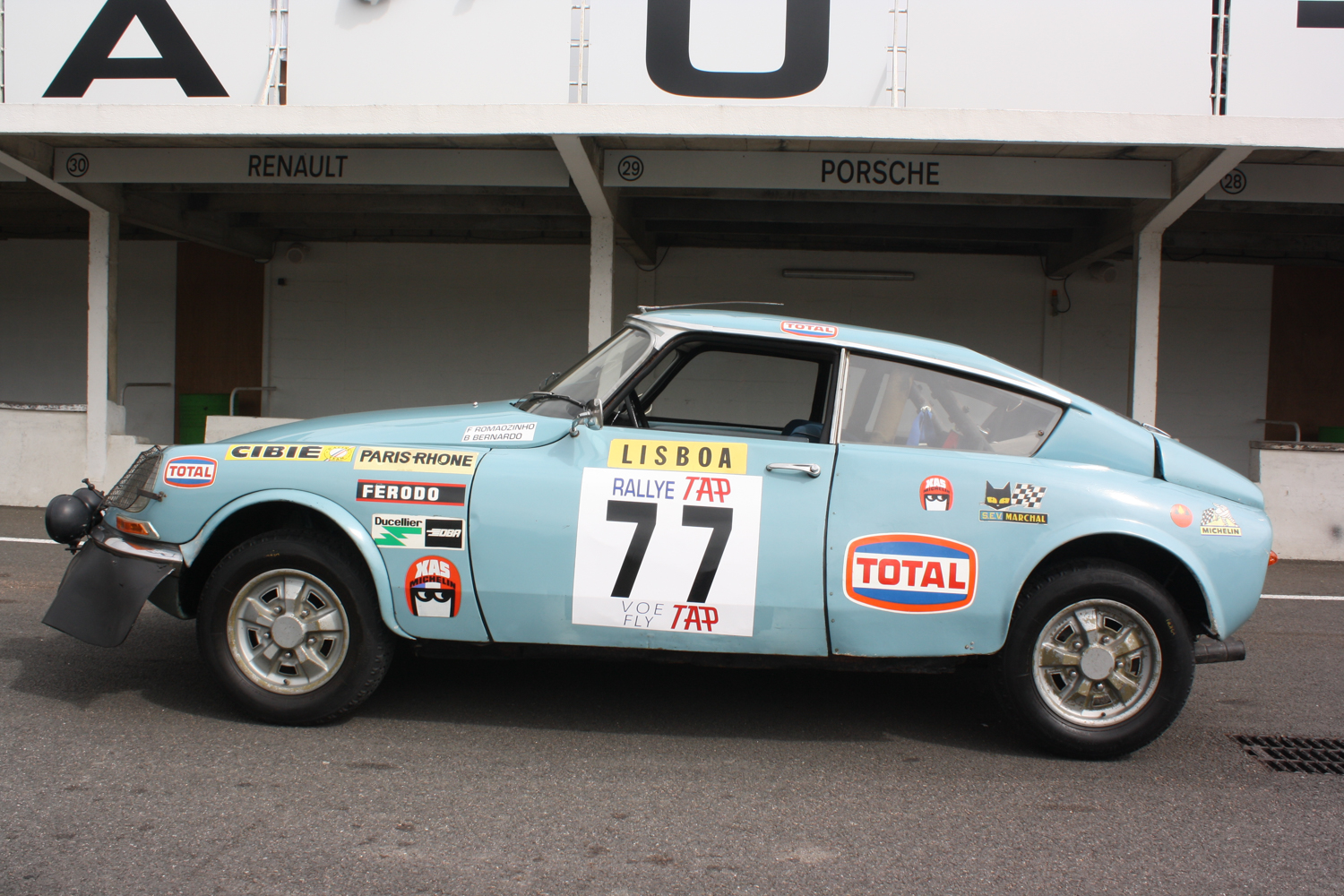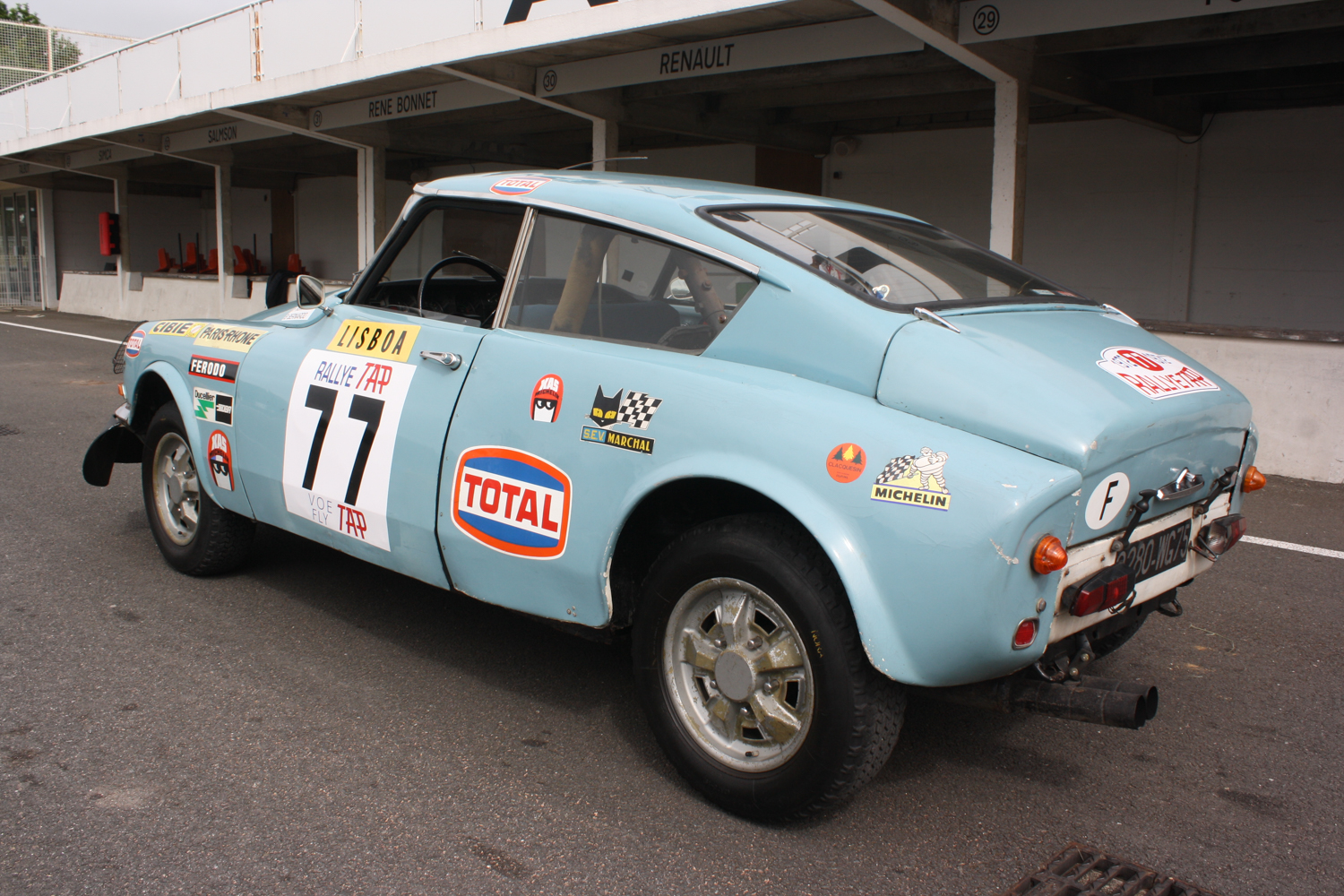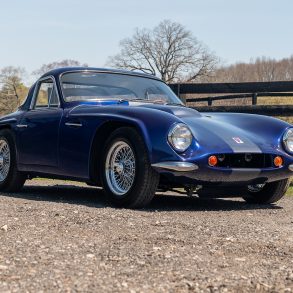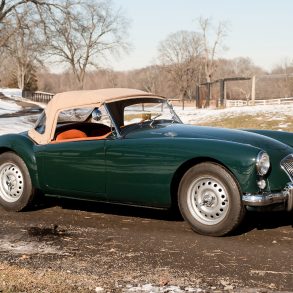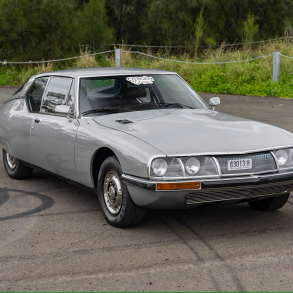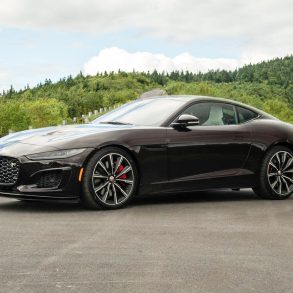In 2015, the Citroën DS celebrated its 60th anniversary, in style, in Paris. Over 700 DS owners traveled from all over Europe, showing how the DS still enjoys a huge following. Unanimously acclaimed for its road handling qualities, the DS would also go on to become an agile competition car. After the crew of Coltelloni and Alexander Desrosiers took home a victory in the Rally Monte Carlo, in 1959 driving an ID19, Citroën became aware of the DS’s potential and so put René Cotton in charge of creating the brand’s competition department.
In the late ’60s, the DS Series of cars was not able to vie for overall victories, in world class rallies. However, Robert “Bob” Neyret then imagined a DS prototype equipped with a shortened chassis and entrusted the realization of his concept to André Ricou a Citroën dealer in in Chambéry. The adoption of a short frame offered the dual advantages of increased agility and decreased rear oversteer when navigating bumps in the road. After witnessing Bob Neyret’s good results with his shortened DS, the Citroën racing department turned their attention to the manufacture of a prototype DS with a shortened wheelbase.
While long an important piece of Citroën’s heritage, the DS 21 Prototype seen here has an incredible patina, as if time had stopped following “TAP 72”. Only a few paint chips on the rocker panels betray the passing time. The Citroën DS prototype is based on a stock DS 21. It is probably the most successful DS prototype yet, when viewed from the front, apart from the two large side flaps and headlight protection for the grilles, nothing appears to differentiate it from a standard DS series sedan.
However, when viewed in profile, the difference are marked. Most notably, its 60-cm truncated rear end, gives it a more compact and aggressive look. In order to save weight, its Michelin tires are mounted on lightweight RR rims, which were offered as an option on the more upscale SM. The Prototype DS is also equipped with Citroën’s famous trademarked hydropneumatic suspension, while under the hood, the 2.475-liter, four-cylinder engine develops 190 horsepower at 6,000 rpm.
Registered as “9280 WG 75” the DS Prototype began its athletic career at the TAP Rally, in March of ’71, at the hands of Richard Bochnicek, then went on to compete in that year’s Critérium des Cévennes, driven this time by René Trautmann. The following year it competed in the 4th Jänner Rally, again with Richard Bochnicek, before being driven at the hands of Francisco Romãozinho in the Portuguese TAP.
We had the privilege to ride as co-pilot aboard this Prototype on the Montlhéry circuit. Once installed in the cockpit, one experiences a strange sense of déjà vu. Indeed, virtually all of the DS21’s standard equipment has been preserved, including the black vinyl-coated, single-branch steering wheel, the column-mounted shifter, as well as the standard dashboard with its three circular gauges for warning lights on the left, speedometer in the center and tachometer on the right. Even the ashtray and cigarette lighter are still in their respective places on the dashboard! But perhaps even more surprising for a competition rally car, even the reclining bench seats have been preserved. They are certainly very comfortable, but offer no support. It’s anyone’s guess how copilot Francisco Romãozinho could have possibly read his notes at high speed on rough roads!

When it is time to take to the track, former competitor David Henry is our driver for the occasion. As David warms up the DS, we can feel the car begin to rise up on its hydraullic suspesion, but as the 4-cylinder’s loud engine note begins to fill the cabin, there is no question that we are sitting in a genuine racing car.
Our test occurred as part of a parade, so there was no question about us pushign the outer boundaries of the Prototype. But even so, our test was fast-paced, with the DS demonstrating the road holding abilities that made it such a capable rally car. In fact, we found it necessary at one point to look around for something to hang on to, but there was nothing except the crank for the window !
A big thank you to Marc-André, Citroën Heritage and Henry David, our driver, for a great time of fun, and happy birthday to the DS!





